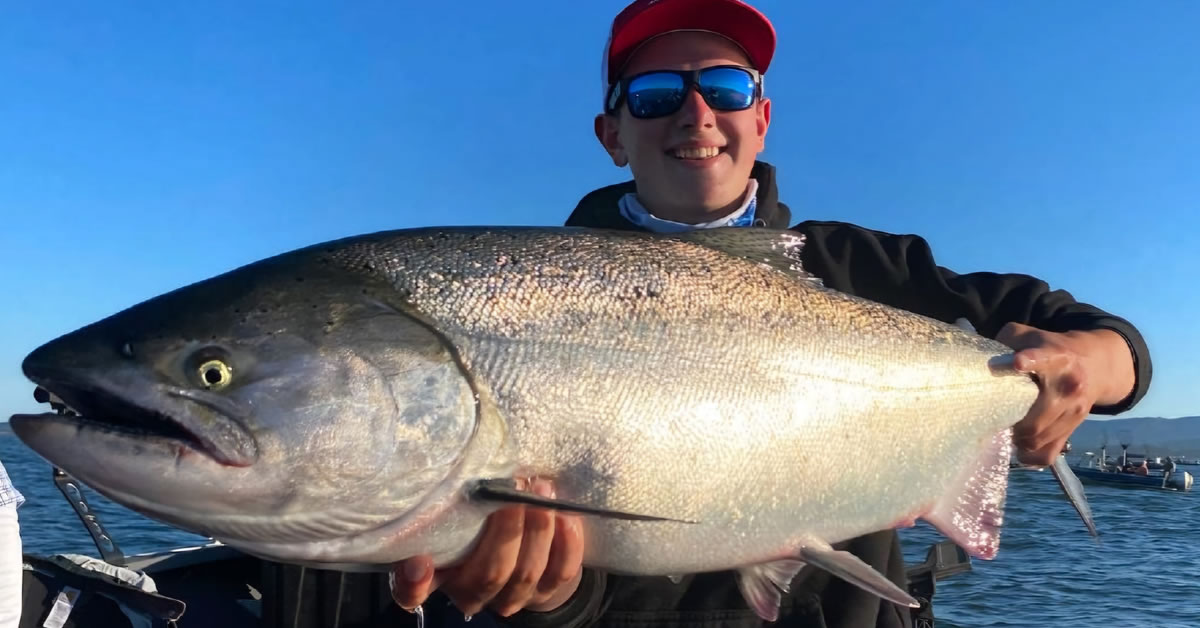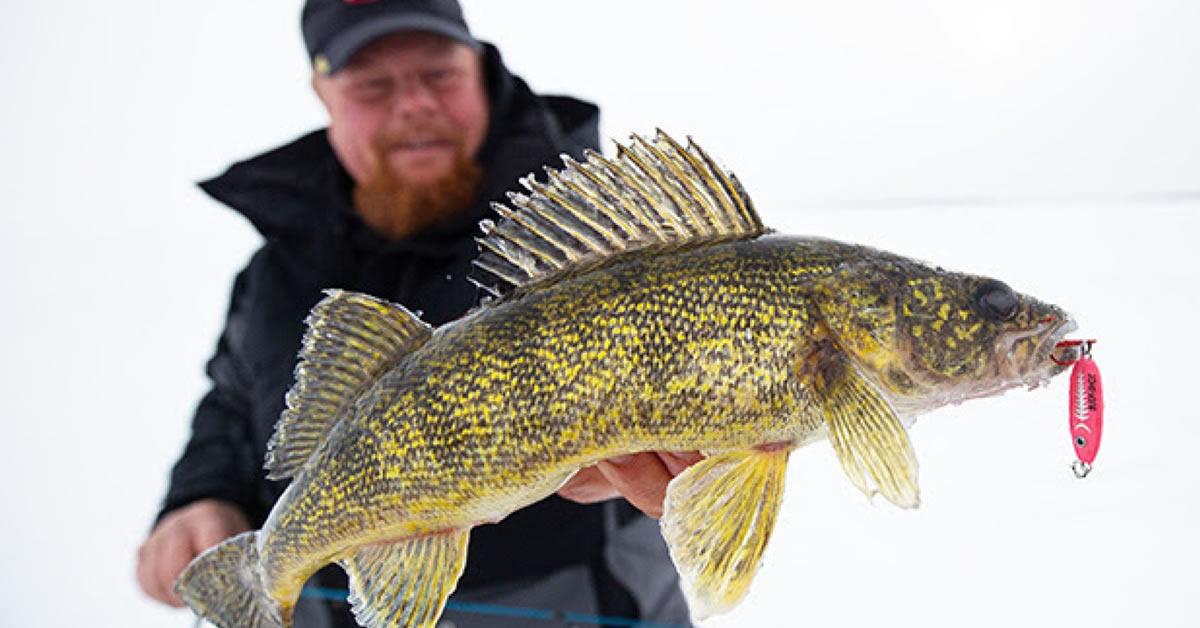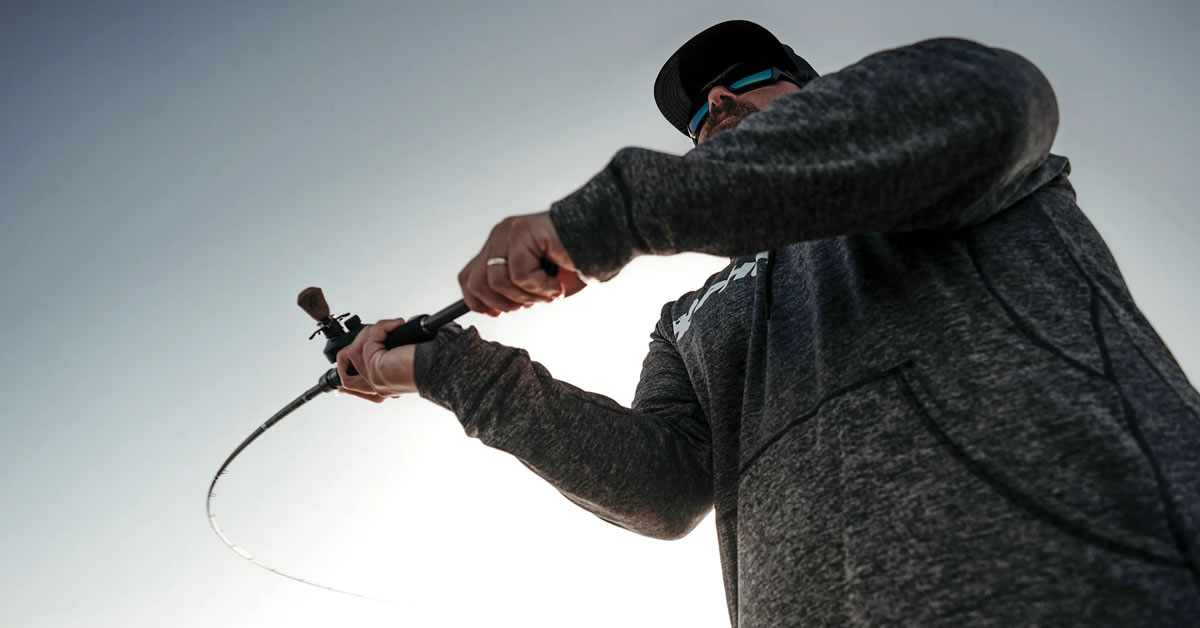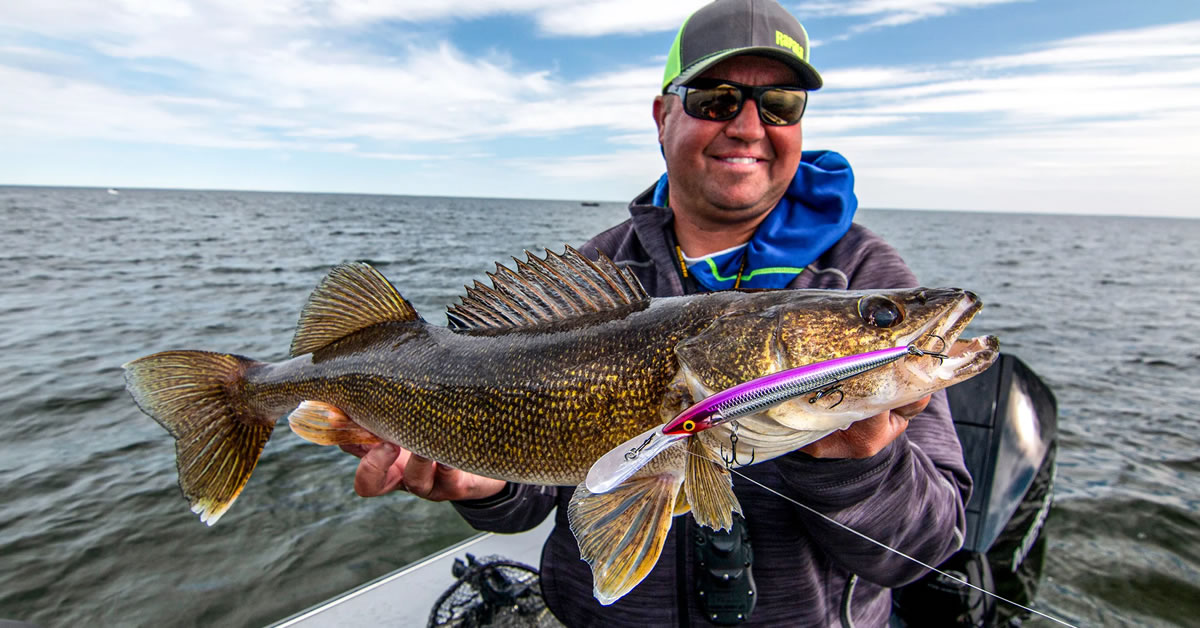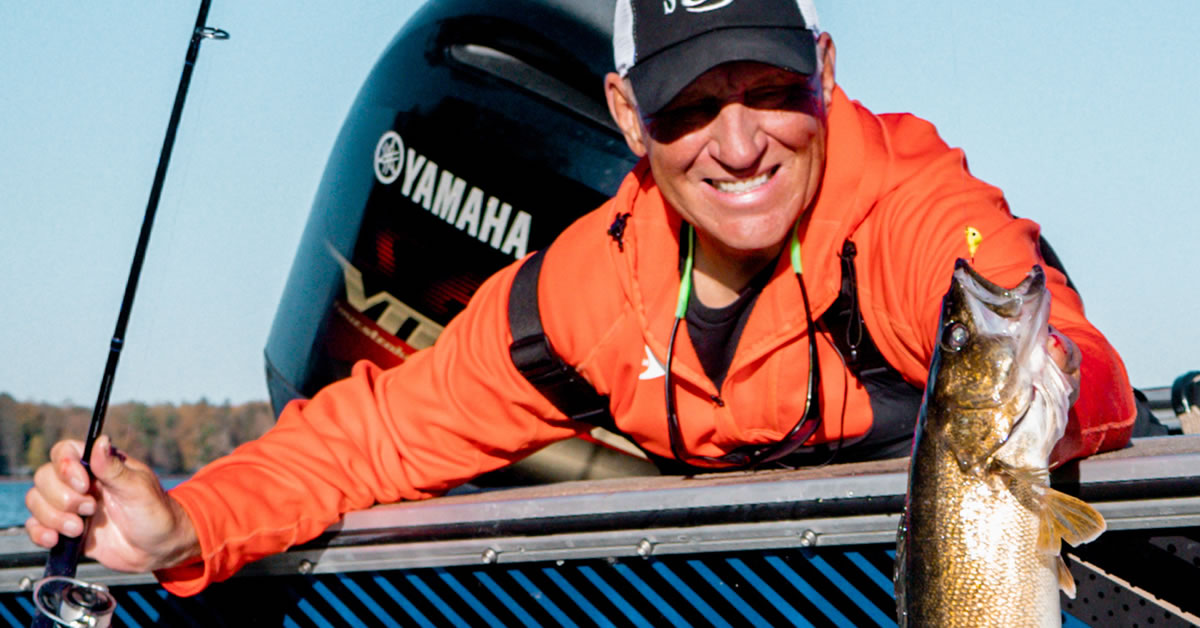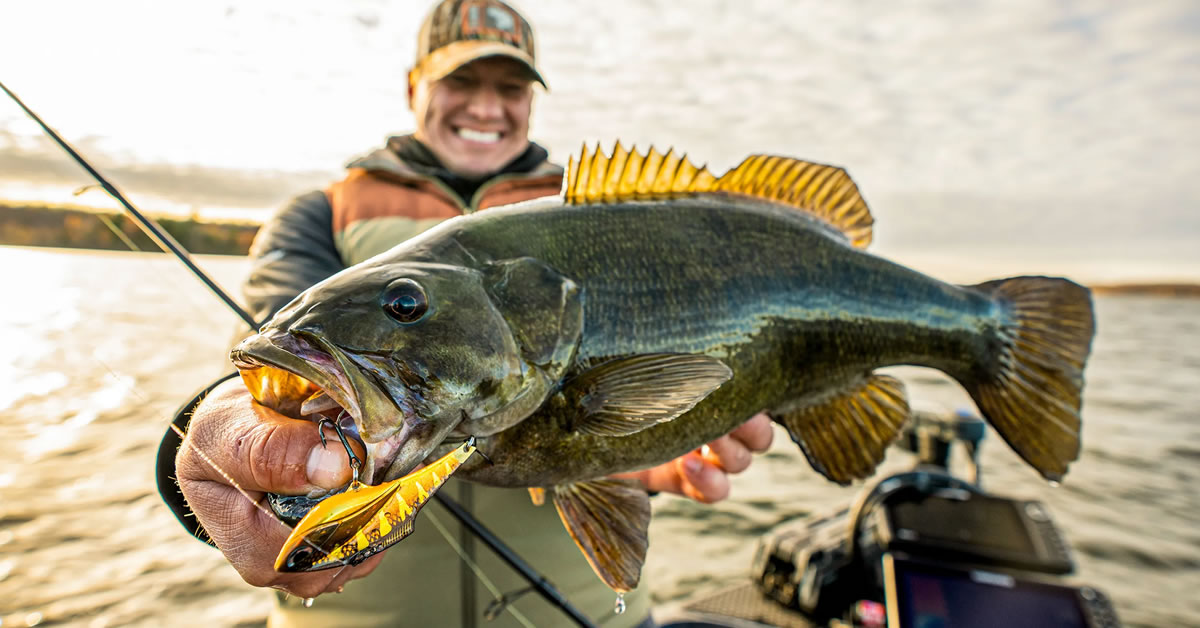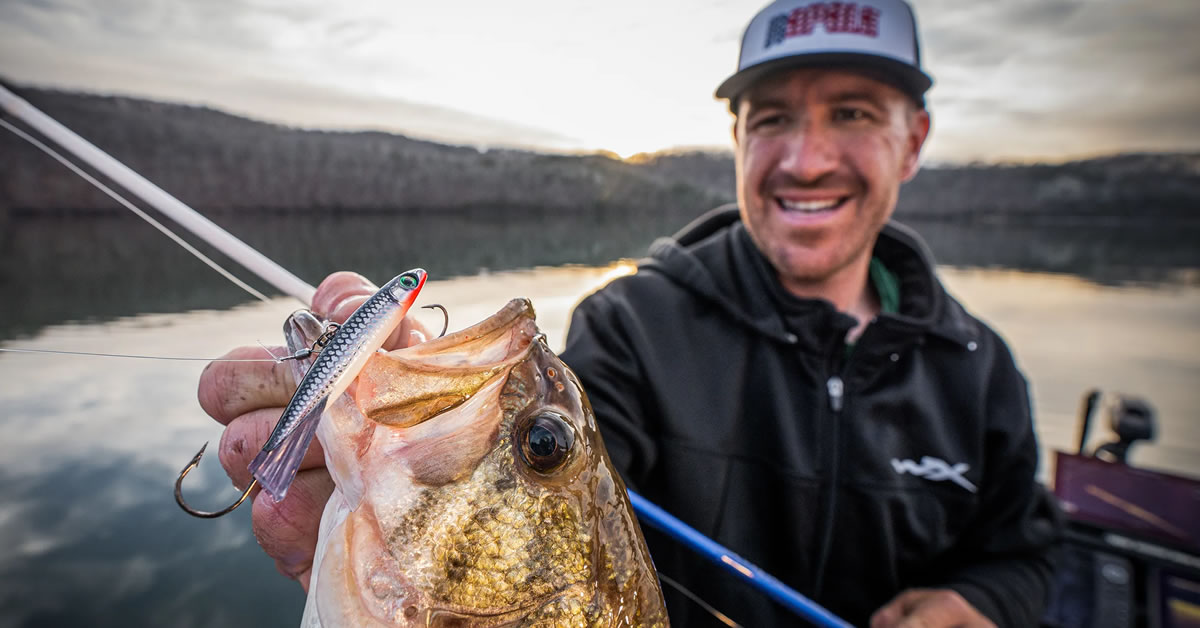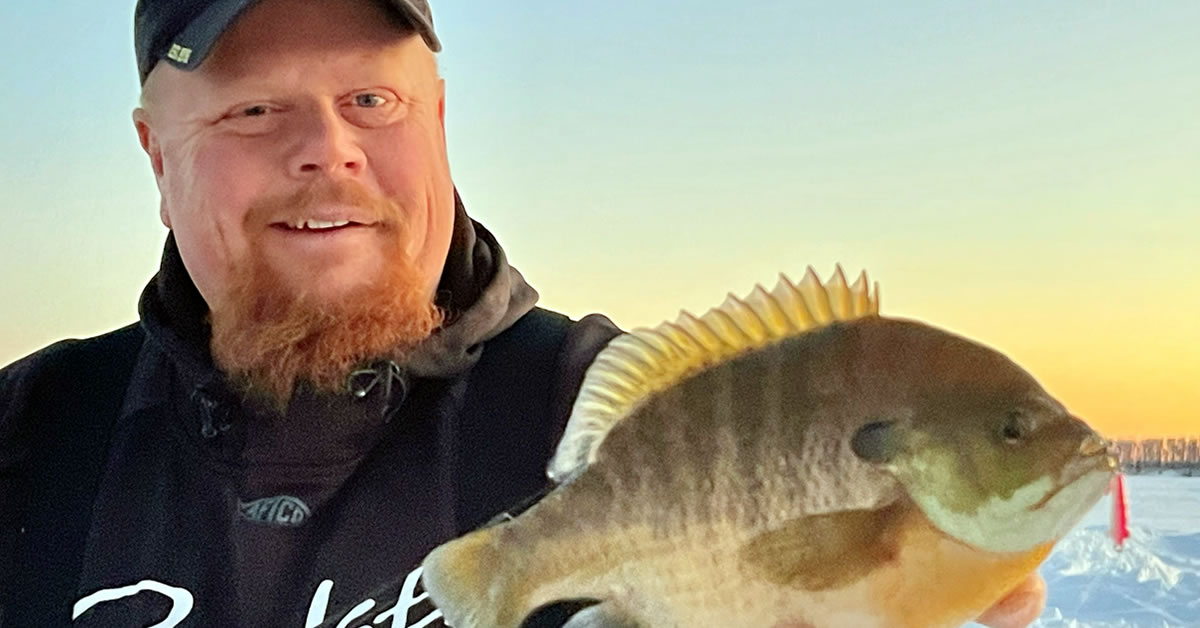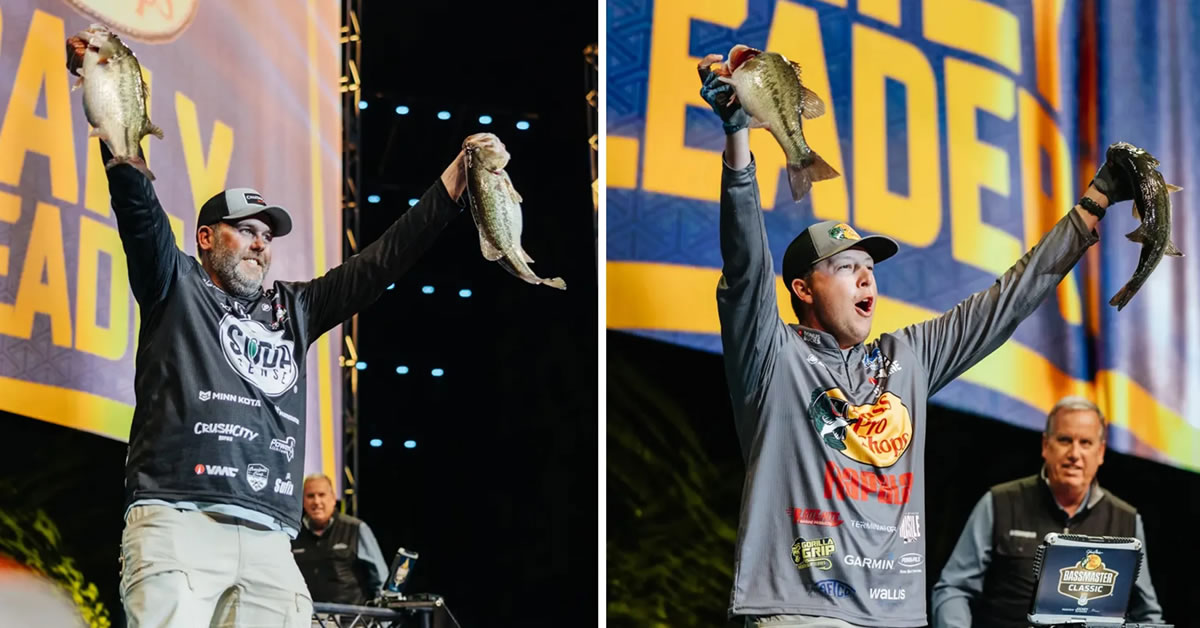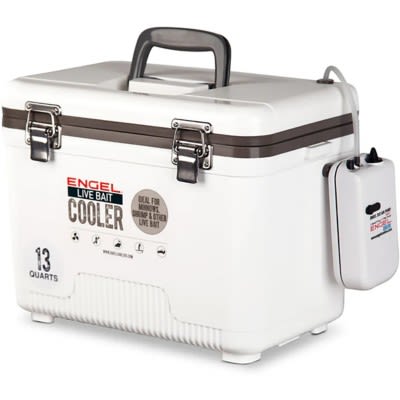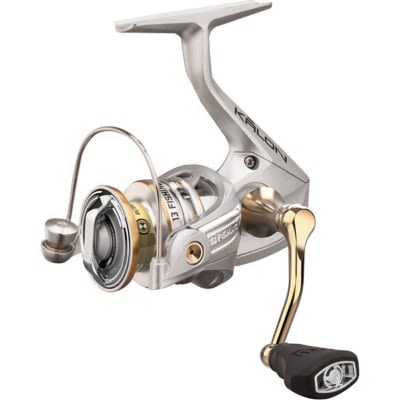Plastic Baits For More Fishing Success
by Bob JensenThrough the years, wherever and whenever anglers go fishing, live bait has always been the go-to bait when fishing gets tough. It's still that way in many fishing situations: Pure and simple, live minnows, nightcrawlers, leeches, crickets, crawdads, and whatever else catch fish. But plastic baits are taking the place of live bait in many situations. However, when some anglers try plastic baits for the first time, sometimes they don't experience the same success that they have come to expect from live bait. There's a reason for that most of the time. The reason is, they're fishing it like they fish live bait. The fact is, when you're using plastic bait instead of live bait, you've got to fish plastic differently if you want to catch fish. Here's what I mean.
Let's say you're fishing for walleyes with jigs and minnows. You're just crawling the jig along the bottom and giving it lots of stops, letting the minnow wiggle naturally like minnows do. You're catching them pretty good so you decide to substitute a plastic bait for the real one. There are lots of plastic baits that resemble or at least kind of resemble a real minnow. You throw the jig/plastic combo out and retrieve it the same way you were retrieving the jig/live minnow combo. The walleye's don't eat it, so you decide this plastic stuff isn't as good as the real deal. The reality is, plastic baits aren't live baits, and if you want to be successful with plastic, you need to fish it differently than live bait.
.jpg)
Plastic baits don't move by themselves like live bait does: You need to provide the action. You've got to keep the stuff hopping or swimming across the bottom or through the water. For the most part, plastic bait that is sitting still probably isn't going to catch much, although there are times when bass anglers and ice-anglers catch bass or panfish while using a very slow retrieve with plastic.
Plastic baits offer so many advantages over live bait. Plastic comes in a variety of shapes, colors, sizes, and can provide so many different actions. And you don't need to worry about keeping plastic alive or transporting it from lake to lake.
Plastic baits really enable an angler to experiment with color, and color can be a big factor in your fishing success. Try using a jig head of one color with plastic of another color. Now you're showing the fish two different colors and increasing the odds of showing them the color they want on that particular day. There are lots of different plastics available to anglers. I've tried a lot of them, and, when fished properly, a lot of them do a great job. The Impulse plastics have become a favorite of mine for several reasons.
First, they're easy to store. They don't need to be stored in messy liquid in a leaky container. Second, the cost is reasonable, and they come in a lot of the best colors and shapes. Last, they catch fish. And that right there is reason enough for me to use plastic more often. If you fish plastic the way it needs to be fished, you'll catch more fish on plastic.



